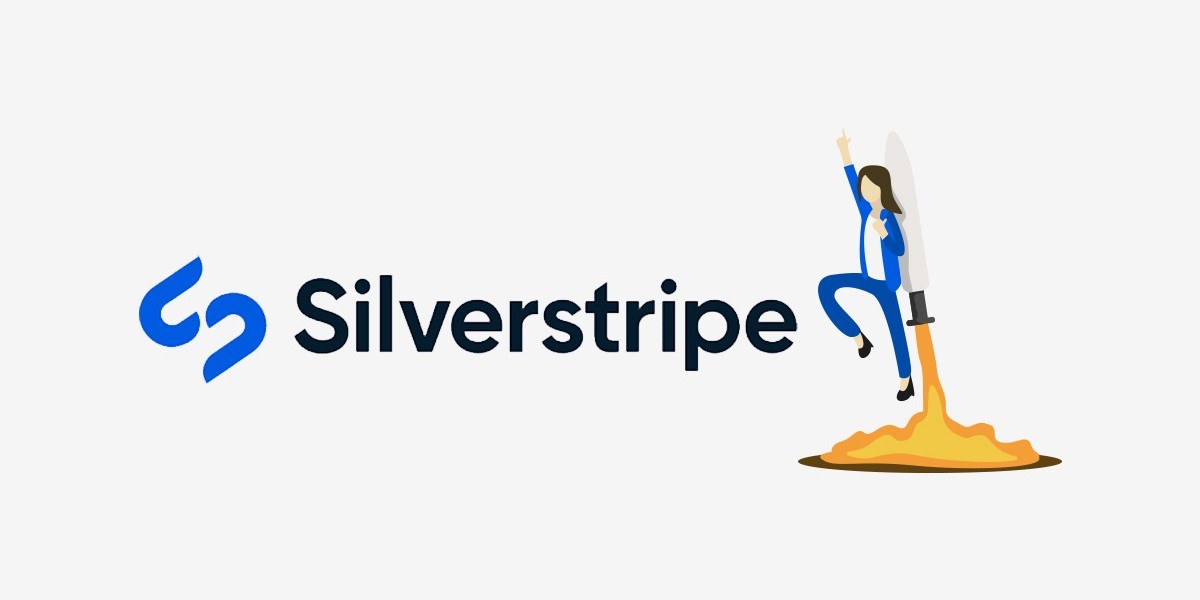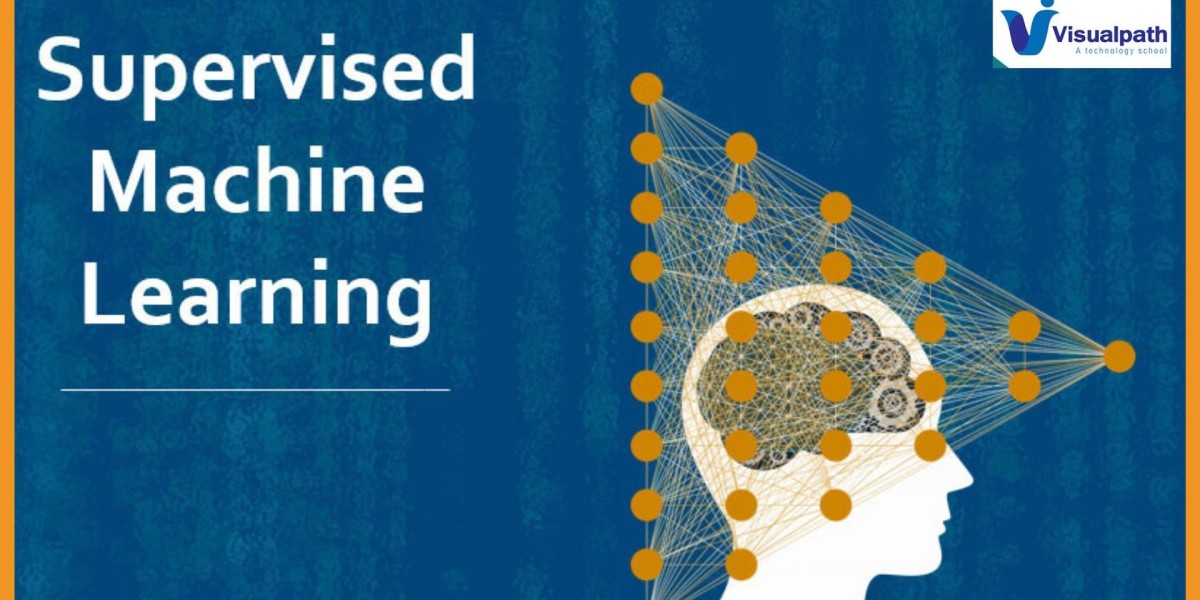In today’s web development world, flexibility, security, and customization are key factors when selecting a content management system (CMS). SilverStripe CMS stands out as an open-source platform that gives developers a powerful and flexible framework to build websites and web applications. Its developer-friendly approach, combined with an intuitive interface for content creators, makes SilverStripe a robust solution for web projects of any scale.
In this article, we'll explore what makes SilverStripe CMS a great choice for web developers, its key features, and how it enhances the development process through open-source flexibility.
What is SilverStripe CMS?
SilverStripe CMS is an open-source content management system built in PHP. It’s a highly customizable platform that separates itself from traditional CMS platforms by offering developers complete control over the code while maintaining ease of use for non-technical users. Released under the BSD license, SilverStripe can be freely modified and extended, making it a popular choice for projects that require tailored solutions.
The CMS follows the Model-View-Controller (MVC) design pattern, which separates the logic, design, and data of your web applications. This makes SilverStripe a favorite among developers looking for clean, structured, and scalable codebases.
Open Source Flexibility
Being open source, SilverStripe provides unlimited possibilities for customization. Whether you're building a basic website or a complex web application, SilverStripe allows you to modify core functionalities, extend features, and integrate third-party tools with ease.
Key advantages of SilverStripe’s open-source nature include:
1. Customizable Codebase: SilverStripe’s code is open for you to modify. Developers can tweak the CMS according to the specific needs of a project, whether it’s the backend architecture, frontend design, or both.
2. Extensible with Modules: Developers can extend the functionality of SilverStripe by installing pre-built modules or developing custom ones. With a growing library of community-contributed modules, adding features like blogs, e-commerce, or user management is straightforward.
3. Community Support: SilverStripe has a vibrant and active community of developers who contribute to the platform. As an open-source CMS, it benefits from continuous improvements, security updates, and new modules shared by developers worldwide.
4. No Licensing Fees: Since it’s open source, there are no upfront costs or recurring licensing fees. This makes it an affordable option for businesses, while still offering premium-quality development tools.
Why SilverStripe CMS is Ideal for Web Developers
While SilverStripe is user-friendly for content creators, its greatest strengths lie in its developer-oriented features. Here’s why it’s an ideal choice for web developers:
1. Model-View-Controller (MVC) Architecture
SilverStripe CMS is built on the MVC framework, a widely used design pattern that separates the application's data (Model), user interface (View), and business logic (Controller). This separation provides a clean, structured, and maintainable codebase, making it easier for developers to manage large and complex projects.
With the MVC framework, developers can write clean, reusable code and keep the design layer separate from the business logic. This leads to easier debugging, faster development, and the ability to build scalable applications.
2. Object-Relational Mapping (ORM)
SilverStripe’s ORM (Object-Relational Mapping) system is highly intuitive. Developers can define the structure of database tables using PHP classes. This allows for flexibility in managing data, without having to write raw SQL queries, while ensuring database security and preventing common issues like SQL injection.
For example, creating a new data type is as simple as writing a PHP class, and SilverStripe will automatically generate the necessary database schema behind the scenes.
3. Templating System for Custom Design
SilverStripe uses a flexible templating engine known as SS Template. This templating language allows developers to build fully customized designs for their projects, without the constraints often found in other CMS platforms.
The SS Template syntax is easy to learn and is ideal for implementing complex layouts, reusing template components, and adding dynamic content to the frontend.
4. Customizable Workflows and Permissions
SilverStripe allows you to create complex workflows for publishing content and assigning user roles with customizable permissions. This is essential for projects involving multiple users and different levels of access. Developers can define who has the ability to create, edit, review, and publish content, streamlining content approval processes.
With customizable user permissions, web applications can be secured based on roles, ensuring that only authorized individuals have access to sensitive data or functionalities.
5. Developer-Friendly CLI Tools
SilverStripe provides command-line tools to make development more efficient. Using SilverStripe's CLI (Command Line Interface), developers can quickly generate new pages, flush caches, run database migrations, and even install or update modules. This makes it easier to manage larger projects and automate routine tasks.
For instance, using the dev/build command, developers can automatically create or update database tables based on their codebase, reducing manual setup time.
6. RESTful APIs for Integration
For projects requiring integration with external services or applications, SilverStripe provides RESTful API capabilities. This allows developers to create, read, update, and delete data from external sources through APIs, making SilverStripe a powerful platform for building dynamic web applications that communicate with other systems.
The CMS also supports GraphQL, making it a robust choice for headless CMS implementations, where the backend manages content, but the frontend is built using other technologies such as React or Angular.
SilverStripe’s Modular Ecosystem
The modular nature of SilverStripe CMS makes it highly extensible. Modules (or plugins) are available to add new features to your website or application, and you can easily create your own custom modules if the need arises.
Popular SilverStripe modules include:
- SilverStripe Blog: Adds blog functionality to your site.
- SilverStripe UserForms: Allows content editors to create and manage forms without coding.
- SilverStripe eCommerce: Adds eCommerce capabilities to your SilverStripe website.
- SilverStripe Fluent: Facilitates multi-language support for websites.
Modules can be installed via Composer, making dependency management and updates seamless.
Security and Performance
Security is a top priority for developers, and SilverStripe CMS offers a range of security features. The platform includes built-in measures such as XSS (Cross-Site Scripting) protection, CSRF (Cross-Site Request Forgery) protection, and SQL injection prevention. Additionally, you can set up role-based access control (RBAC) to restrict access to specific parts of the CMS.
When it comes to performance, SilverStripe allows developers to optimize caching strategies using tools like SilverStripe Full Static Publishing and Partial Caching, ensuring websites are not only secure but also fast and responsive.
Getting Started with SilverStripe CMS
For web developers looking to get started with SilverStripe, here’s a simple approach:
1. Install SilverStripe via Composer: SilverStripe recommends using Composer to install and manage your project’s dependencies.
2. Familiarize Yourself with SilverStripe’s Documentation: SilverStripe offers extensive official documentation that covers everything from installation and setup to advanced development practices.
3. Leverage the Community: Join the active SilverStripe community to seek advice, contribute, and explore modules and extensions shared by other developers.
Conclusion
SilverStripe CMS provides web developers with the open-source flexibility they need to build customized, high-performance websites and web applications. Its developer-first approach, coupled with a user-friendly interface for content creators, makes it an ideal choice for projects ranging from simple blogs to complex enterprise-level systems. With its modular architecture, MVC framework, and comprehensive security features, SilverStripe is a reliable and scalable solution that empowers developers to create tailored digital experiences.








